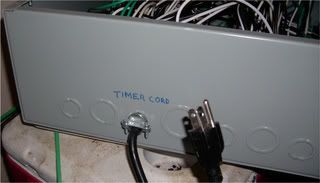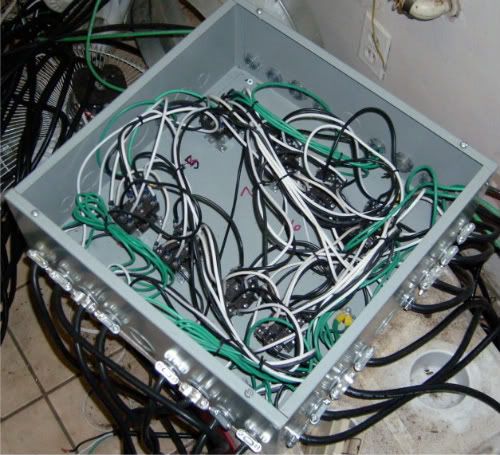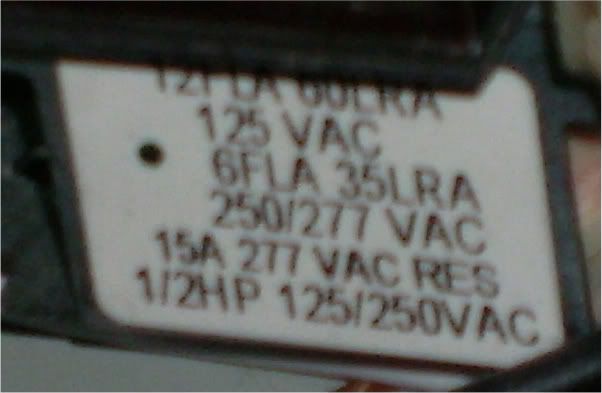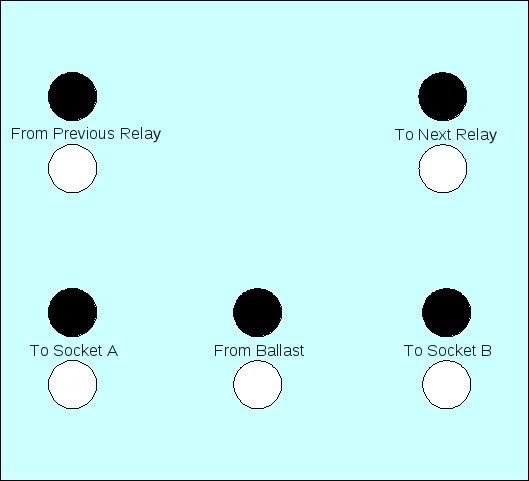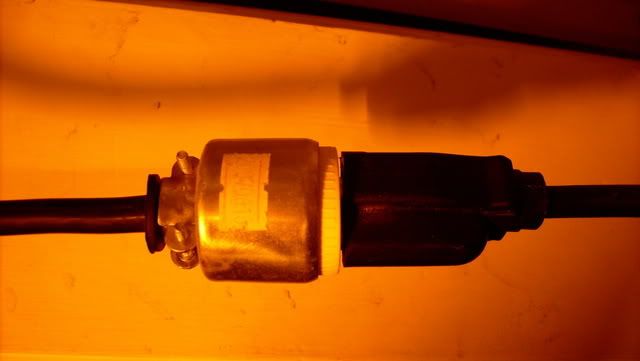ogkushmaster
Member
I would like to wire one up, and get some talk going on this.
It seems some relays are preferred over others.
Some think they are safe while others dont.
Is anyone currently or recently used one?
Thanks!
It seems some relays are preferred over others.
Some think they are safe while others dont.
Is anyone currently or recently used one?
Thanks!



